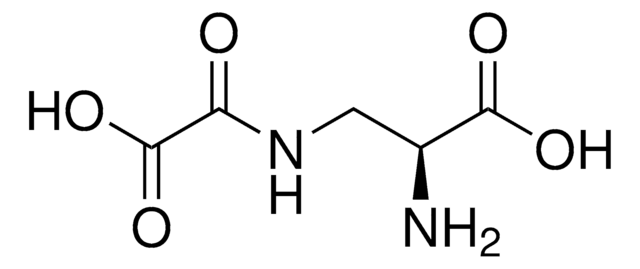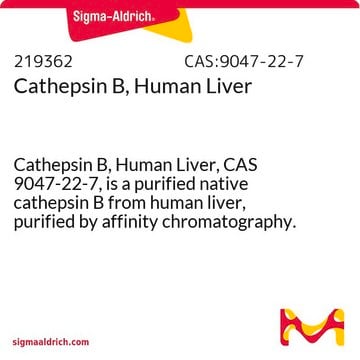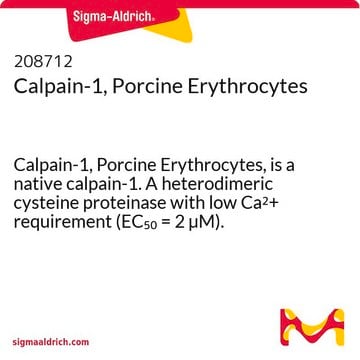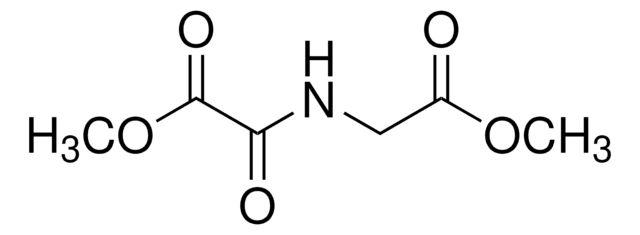400084
HIF Prolyl Hydroxylase Inhibitor
Synonym(s):
HIF Prolyl Hydroxylase Inhibitor
Sign Into View Organizational & Contract Pricing
All Photos(1)
About This Item
Empirical Formula (Hill Notation):
C21H16ClN3O
CAS Number:
Molecular Weight:
361.82
UNSPSC Code:
12352200
NACRES:
NA.54
Recommended Products
Assay
≥95% (HPLC)
Quality Level
form
solid
manufacturer/tradename
Calbiochem®
storage condition
OK to freeze
color
tan
solubility
DMSO: 50 mg/mL
shipped in
ambient
storage temp.
−20°C
General description
A cell-permeable, hydroxyquinoline HIF Prolyl Hydroxylase (PHD) inhibitor that displays an IC50 = 2 µM in a cell-based assay using a reporter produced by fusing HIF-1α oxygen degradable domain (ODD) to luciferase. This compound (5 µM) is shown to significantly stabilize HIF-1α in vitro and upregulate known HIF target genes, Epo and VEGF, in SH-SY5Y human neuroblastoma cell lines. It also exerts a neuroprotective effect (IC50 = 0.25 µM in an oxidative stress model using cortical neurons.
Warning
Toxicity: Standard Handling (A)
Reconstitution
Following reconstitution, aliquot and freeze (-20°C). Stock solutions are stable for up to 3 months at -20°C.
Other Notes
Smirnova, N.A., et al. 2010. Chem. Biol.4, 380.
Legal Information
CALBIOCHEM is a registered trademark of Merck KGaA, Darmstadt, Germany
Storage Class Code
11 - Combustible Solids
WGK
WGK 3
Flash Point(F)
Not applicable
Flash Point(C)
Not applicable
Certificates of Analysis (COA)
Search for Certificates of Analysis (COA) by entering the products Lot/Batch Number. Lot and Batch Numbers can be found on a product’s label following the words ‘Lot’ or ‘Batch’.
Already Own This Product?
Find documentation for the products that you have recently purchased in the Document Library.
Eva Klumpen et al.
Biology of the cell, 109(1), 39-64 (2016-08-16)
Heat stress in ectotherms involves direct (e.g. protein damage) and/or indirect effects (temperature-induced hypoxia and ROS formation), which cause activation of the transcription factors (TF) heat shock factor 1 (HSF-1) and/or hypoxia-inducible factor 1 (HIF-1). The present study focused on
Our team of scientists has experience in all areas of research including Life Science, Material Science, Chemical Synthesis, Chromatography, Analytical and many others.
Contact Technical Service








